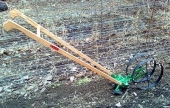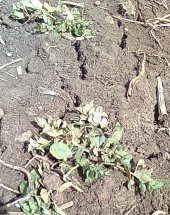

 3
3





 1
1








"It might have been fun to like, scoop up a little bit of that moose poop that we saw yesterday and... and uh, put that in.... just.... just so we know." - Paul W.
 8
8




Living in Anjou , France,
For the many not for the few
http://www.permies.com/t/80/31583/projects/Permie-Pennies-France#330873
 1
1





I make a Maple Syrup instructional movie! Check it out HERE
SKIP books, get 'em while they're hot!!! Skills to Inherit Property
See me in a movie building a massive wood staircase:Low Tech Lab Movie









 1
1




Maureen Atsali
Wrong Way Farm - Kenya
 2
2




Medicinal herbs, kitchen herbs, perennial edibles and berries: https://mountainherbs.net/ grown in the Blue Mountains, Australia




| header1 | header2 |
|---|---|
| cell 1 | cell 2 |




Maureen Atsali wrote:If I were attending such a lecture, I would want to know how much space I would have to allot to grains to make it worthwhile.
Idle dreamer




I'll plant tree and shrub seeds if you send them! Go here for an address and more info: https://permies.com/t/64918/Seeking-Tree-Seeds#553058
AVA Patreon: https://www.patreon.com/AvaPermaculture




![Filename: Phase-2.jpg
Description: [Thumbnail for Phase-2.jpg]](/t/63139/a/49468/Phase-2.jpg)




Every 60-pound bushel of hard red spring can make about 45 loaves of bread. ($7/bushel 2014)
35 bushel/acre? (low, high yield 50+)

|
A magnificient life is loaded with tough challenges. En garde tiny ad:
Homestead Pastured Poultry course
https://permies.com/wiki/364740/Homestead-Pastured-Poultry
|







